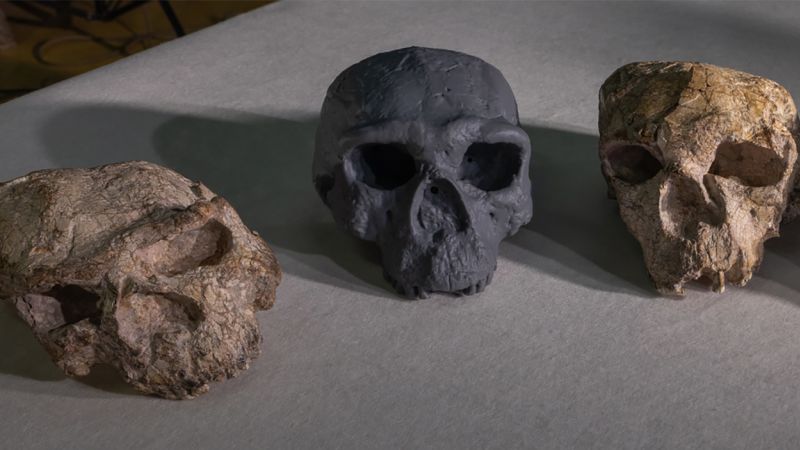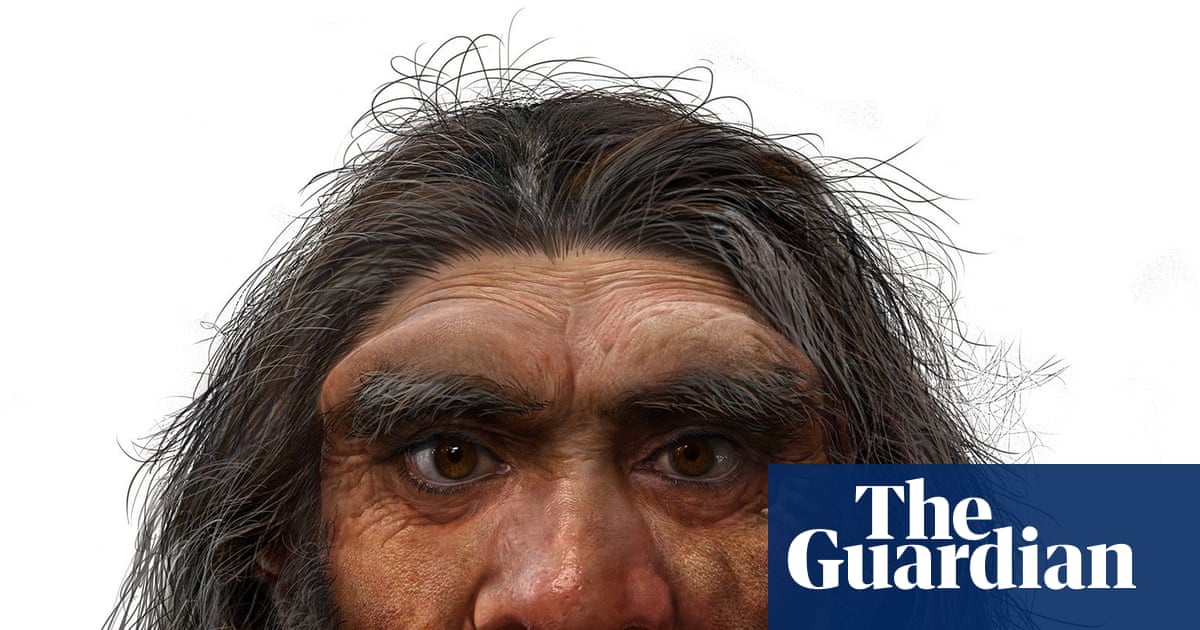New Skull Analysis Rewrites Human Evolution Timeline, Suggesting Earlier Origins
Advanced analysis of a crushed cranium from China suggests Homo sapiens are nearly twice as old, challenging established timelines and genetic analyses of human evolution.
Subscribe to unlock this story
We really don't like cutting you off, but you've reached your monthly limit. At just $5/month, subscriptions are how we keep this project going. Start your free 7-day trial today!
Get StartedHave an account? Sign in
Overview
- A badly crushed cranium discovered in China has been meticulously analyzed, providing new evidence that significantly challenges the established timeline of human evolution.
- Using advanced CT scanning and digital reconstruction, researchers corrected distortions in the million-year-old skull, revealing crucial insights into early human ancestors.
- The findings suggest that Homo sapiens may be nearly twice as old as previously believed, contradicting earlier genetic analyses and pushing back the origins of modern humans.
- This research indicates that Denisovans are more closely related to humans than Neanderthals, altering previous understandings of the relationships among hominin species.
- The study's implications could lead to a re-evaluation of human evolutionary history, prompting further investigation into the early development and dispersal of our species.
Report issue

Read both sides in 5 minutes each day
Analysis
Center-leaning sources frame this story by emphasizing the revolutionary and dramatic impact of the new skull discovery on human evolution. They use strong, evaluative language to highlight how the findings "rewrite" and "dramatically shift" our understanding, presenting the research as a definitive solution to previous scientific "muddles." While including cautious expert opinions, the overall narrative prioritizes the groundbreaking claims.
Articles (4)
Center (1)
FAQ
The newly analyzed skull, dated to around a million years ago, suggests that Homo sapiens and related hominins existed much earlier than previously thought, nearly twice as old, which pushes back the origins of modern humans and contradicts earlier genetic analyses and timelines based mainly on African fossils.
The skull analysis indicates that Denisovans are more closely related to modern humans (Homo sapiens) than Neanderthals are, challenging prior understandings of hominin evolutionary relationships and hinting at complex interrelations among ancient human species in Asia.
The presence of ancient Homo sapiens in East Asia, as suggested by the Chinese skulls, complicates the out-of-Africa theory by implying that modern humans may have originated or evolved outside Africa earlier than previously believed, or migrated from Africa to Asia much faster, which calls for reassessment of migration and evolution timelines.
Researchers employed advanced CT scanning and digital reconstruction techniques to correct distortions caused by the skull's crushing, allowing for accurate morphological analysis that revealed crucial insights about early human ancestors.
The discovery suggests a deeper and more complex history of human evolution in Asia, including the possibility of regional continuity and long-term occupation, and may require re-evaluating previous views that emphasized African origins and replacement by modern humans.
History
- This story does not have any previous versions.



